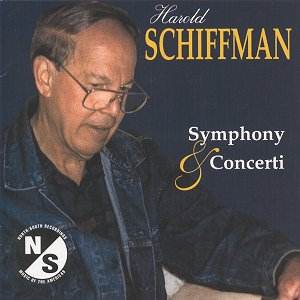 Composer: Giacomo Puccini
Composer: Giacomo Puccini
Works: Messa di Gloria, Preludio Sinfonico, Crisantemi
Performers: Hungarian Opera Orchestra and Radio Choir, Giorgio Morandi (conductor), Anotello Palombe (tenor), Gunnar Lundberg (baritone)
Recording: Recorded at the Phoenix Studio, July 2000
Label: NAXOS
The Messa di Gloria, composed in 1880 during Puccini’s formative years as a student, presents a fascinating glimpse into the early stylistic development of a composer who would later revolution Italian opera. Although it remained obscure until its rediscovery in 1950, the Mass is replete with the lush, melodic language that would characterize Puccini’s operatic masterpieces. Its apparent operatic quality has often been a point of contention among purists, but much like the sacred works of Monteverdi and Cavalli, Puccini’s early effort embodies a synthesis of sacred and secular traditions, reflecting a youthful ambition to invigorate liturgical music.
The performance led by Giorgio Morandi is commendable, bringing a vibrant energy to the score. The orchestral writing is particularly noteworthy; Puccini’s deft orchestration frequently elevates the choir, often overshadowing choral passages with vivid instrumental interludes. This is especially true in the “Gloria,” where the buoyant rhythms propel the music forward with a dance-like grace. However, while the choir’s four-part harmonies are executed with skill, there are moments—such as the high tessitura in “Gratias animus tibi”—where Palombe’s tenor struggles for clarity and projection, an aspect that detracts from the overall cohesiveness of the performance.
Technical execution across the orchestra is polished, with the Hungarian Opera Orchestra delivering vibrant and precise playing. Lundberg’s baritone shines, particularly in the “Benedictus,” which benefits from his warm timbre and solid vocal presence. Here, Puccini’s lyrical lines find an earnest and heartfelt interpretation, contrasting with the more jubilant sections of the Mass. The Kyrie and Benedictus, with their contemplative qualities, stand out as exceptional examples of Puccini’s ability to convey sincerity amid his more exuberant tendencies.
Recording quality is another strength of this release, employing 30-bit technology that captures the nuances of both the orchestral textures and vocal lines with impressive clarity. The balance between the choir and orchestra is commendably managed, allowing the listener to appreciate the intricate interplay of the two forces. However, compared to other recordings, such as the well-regarded version by the Prague Philharmonic Choir under the baton of Václav Neumann, this interpretation feels slightly less dynamic and engaging, particularly in its more reflective passages.
Following the Mass, both the Preludio Sinfonico and Crisantemi serve as interesting contrasts. The Preludio, although brief, feels somewhat adrift, lacking the dramatic focus that characterizes Puccini’s later orchestral writing. In contrast, Crisantemi offers a poignant elegy, imbued with a genuine sense of loss that resonates deeply, showcasing Puccini’s burgeoning ability to evoke emotion through instrumental music.
The Messa di Gloria, despite its unevenness and the occasional overshadowing of vocal lines by orchestral textures, is an essential piece for understanding Puccini’s early compositional voice. This recording, while not without its flaws, captures the exuberance and fervor of a young composer eager to transcend the confines of his time. Puccini’s facility with melody and orchestration is evident, making this a worthwhile addition for both the casual listener and the dedicated scholar of his work.



